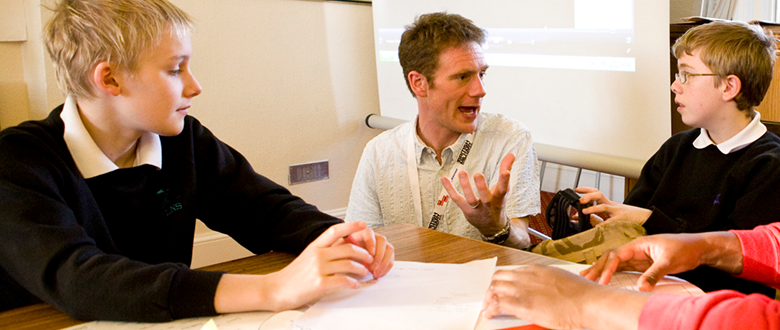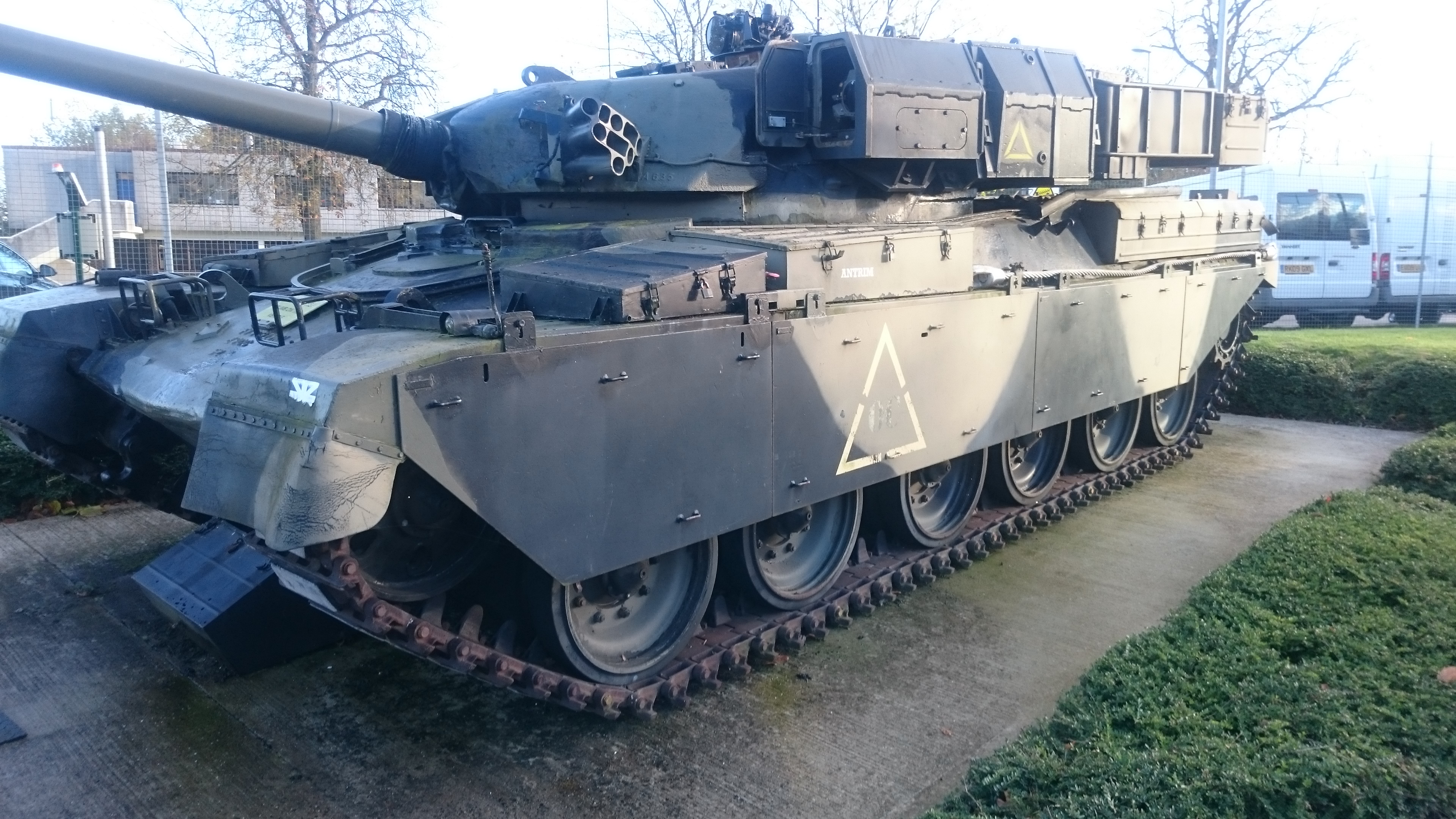Collaboration, co operation, co creation. Call it what you want: working together is brilliant
After a summer largely spent in the office, I am relishing collaborating with people again
One of the downsides of working for yourself is that you are often working by yourself. It is perfectly possible to go a couple of days without actually speaking to a human being who doesn’t live under the same roof. More worryingly still, it’s possible to do this without really noticing.
Which is why I am really enjoying getting out of the office.
Many is better than one
I am a relatively creative person. I have a lot of ideas for things bouncing around at any given moment. Anyone who has looked at my notebook will have seen that. I enjoy toying and tinkering with ideas for things. I enjoy rolling them over in my head until the bits all fall into place.
It’s a lot of fun.
Sometimes, people ask me for something and I can just pick up my notebook and say: “is this what you were thinking of?”
But it’s not always the best way of doing things.
I’ve been up in London a lot in September, working at one of the Nationals. I am used to working in a small office on my own or in front of classes of people. Suddenly, I’ve found myself in an open plan office with over thirty people in it. I’ll not lie: it’s been a culture shock.
Collaboration is worth more than the sum of its parts

I really like working with other people. Creating together you can come up with something far more impressive than you would have on your own. People ask difficult questions and sometimes say things like: “wouldn’t it be better if..?” It challenges me to come up with better ideas and to work those ideas through to their conclusion.
I’ve been getting this kick from working as part of a team again. In my case I’m coming at things with fresh eyes, suggesting tweaks and alterations to things that hadn’t been thought of. It’s great to feel like I’m contributing and adding another perspective.
I am getting to see how someone else goes about things and seeing opportunities for my own practice. I am seeing ways of doing things and getting ideas for new things to do. It’s great.
This is all well and good

Co-creation is an odd thing. You have to pay for it. When I create on my own, I have full control over where I’m going with my ideas. I don’t have to bend them for anyone.
When I create with someone else, I have to give that up. I have to accept that I no longer have the final say over things. That can be hard.
But the payoff is massive. The payoff is that the result can be amazing.
I also love seeing the thrill that other people get out of it. I’ve run several storytelling sessions where the point is that no one has complete control. Everyone has to work with everyone else’s ideas. And that sense of surprise over where the idea goes can be electric.
I’ve watched groups write ghost stories where, part way through, they realised that one of the characters as the ghost.
I’ve led sessions on collaborative story creation with teenage boys. They were writing haunted house stories. One group worked together to create characters who all ended up in a haunted house together, because they all had a relationship with a local boy. At the end of the session I asked them to decide WHY they were there. The lad playing the boy declared: “I invited them all here so I could kill them to cover my tracks.” Everyone stopped dead. It was a moment of genius that only came about because of how the group had worked together and shared ideas. It was brilliant.

The easy and the hard
There are some things about co-creation that can be difficult. You need to have ground rules about how people work with other people’s ideas. You need to have a framework for who has control at any given moment. You also need some rules about how you treat other people’s attempts at creativity.
One of the things I reinforce is that there is no such thing as a bad idea. You are not allowed to say it. You can say “wouldn’t it be better if…?” but you can’t say it’s rubbish. This gives people the confidence to air their ideas knowing that no-one is going to laugh at them.
The other thing I try to do is to make sure that, at any given moment, a single person has control. The rules state when and how this control is handed over, which means their ideas don’t get trashed, they get built upon.
Try it: it’s a lot of fun.




